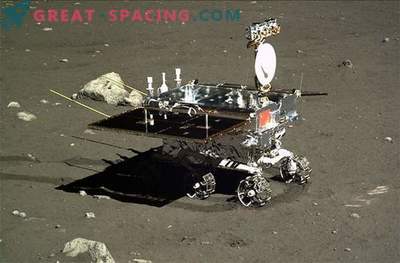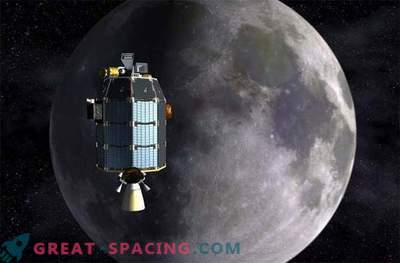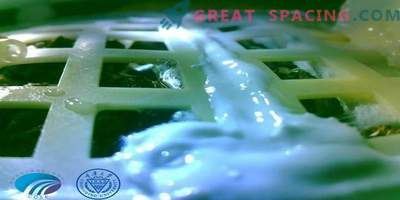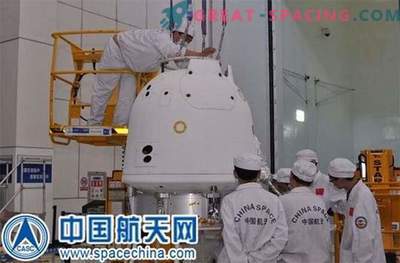
Moon dust is a powdery substance that is thinner than talc and more abrasive than sandpaper. Because of this, it is the main problem faced by all who dream of lunar expeditions. Dust can not only damage the mechanical apparatus, but also harm human health.
Professor Brian O'Brien of the University of Western Australia believes that it was lunar dust that caused immobilization of a small Chinese rover Yuytu in January 2014. Understanding the structure and effects of dust are key issues that all 2018 expeditions are fighting over. This includes also the Chinese mission Chang'e-4, the Indian Chandrayaan-2 and other commercial groups.
Past lunar expeditions clearly showed how many problems may arise due to lunar dust. She managed to hammer in the equipment, seep into the zippers, locks, faceplates and even climbed into the suit. The design of the spacesuits and equipment of Apollo left a critical little room for error, but all astronauts experienced problems with dust, even with a short stay on the surface.
At that time, NASA did not plan to conduct any dust studies, but still used a small DDE that cost no more than $ 100. The instruments were delivered to Apollo 11, 12, 14 and 15. They transmitted data until 1977, before they were turned off. The information obtained will help future international lunar expeditions to increase the chances of success and increase safety.











































